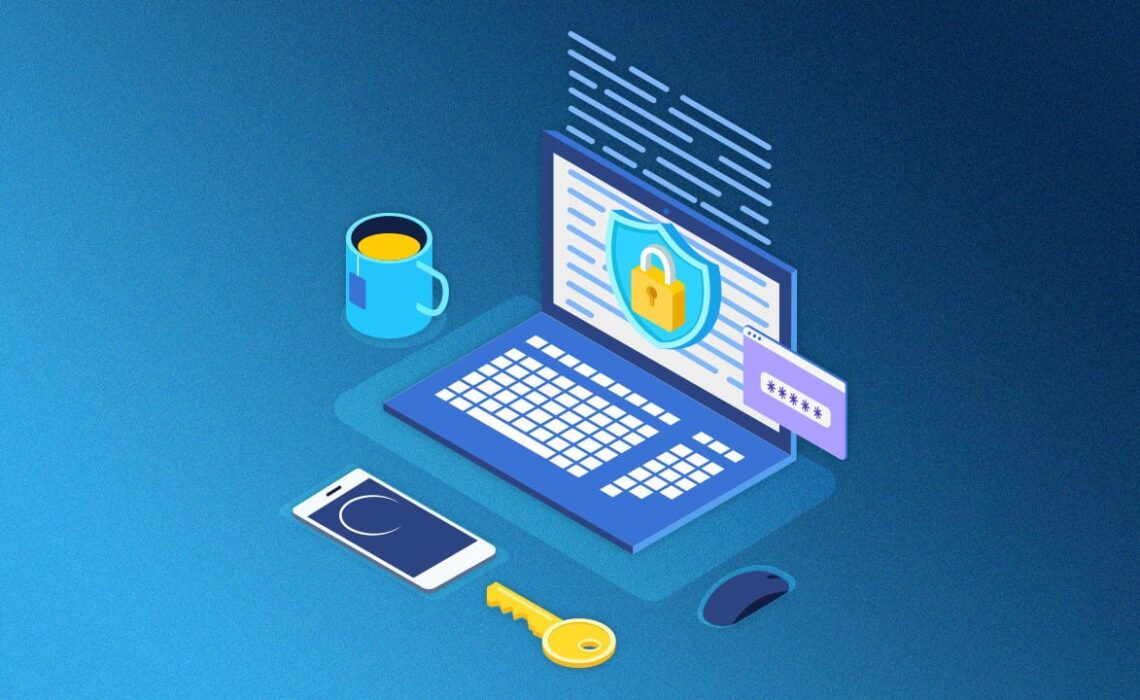What is the Basis of Secure Access?
Secure Access is providing Access to a network or a resource, such as a database or a file, only to those who have been granted access to that resource. There are several different ways that Secure Access is achieved. One of the most common methods is using user credentials and security certificates.
Another is through a network security mechanism called a “Zero Trust Service Edge.” These techniques ensure that only those who can access a particular resource are granted Access.
User access security
Correct security measures like SASE components will help protect your data. Limiting your users’ ability to access certain parts of your system will ensure that only authorized individuals can access your systems.
The right kind of access control can also help prevent malware from executing. These programs allow you to limit the types of Online file sharing and applications your users can access. In addition, assigning specific access rights to particular objects and applications will reduce the chances of an attacker taking advantage of your high-level privileges.
The principle of least privilege will not only mitigate the risk of an external cyber attack but also protect you from malicious insiders. Therefore, this principle will be most useful when incorporated into your overall security plan.
Similarly, the principle of least effort will be most helpful when applied to your user account system. For example, if your plan allows employees to use a shared account, the most efficient way to ensure that your users aren’t doing anything wrong is to require them to use a unique and memorable password.
One of the best ways to accomplish this is to keep your user account names confidential. You can store this information in an encrypted file, but you should never make the list public.
Code access security
Whether you are developing code applications for your company or a small start-up, you want to ensure you are not doing things you shouldn’t. This can be achieved using a security framework. There are many to choose from. The one you choose will depend on your specific requirements.
Code Access Security (CAS) is an example of a security framework. It enables you to control what managed code can do on your computer. It also helps you keep your system safe from unauthorized users. The common language runtime implements CAS.
The CLR performs several tasks, including examining assemblies. It uses this information to grant permissions to a group of bodies conditionally. The CLR also walks the call stack. Whenever a partially trusted assembly requests access to a protected resource, it must first undergo a CAS permission check.
A CAS policy consists of a few key components. These include the All-Code and a series of code groups. Each group stipulates a membership condition. For example, a code group’s name might be My_Computer_Zone.
The CAS policy also includes a configuration management procedure. The procedure will allow you to recover any work you may have done. The best part is that you can change the configuration of the CAS policy.
Zero-trust network access
An organization can maintain control of its systems and data using a zero-trust security framework. This allows them to reduce risk to cloud deployments while maintaining productivity and efficiency. It also enables organizations to improve their governance practices.
The foundation of a zero-trust architecture is application-layer and network-layer segmentation. These segments restrict security perimeters into smaller zones, making it harder for attackers to move laterally.
This model can take time to implement. It requires configuring changes to minimize Access, updating IP data, and monitoring network behaviors.
A zero-trust environment needs to be secure at all times. It should mitigate security risks before they become problematic. It should also be able to identify users and their devices.
A zero-trust model provides the ability to identify and block users from entering the network and restrict Access to applications until they are verified. It also can set policy rules based on associated risks automatically.
Zero trust security frameworks use identity-based and strict user authentication to lock down Access until the correct identity is validated. This approach also enforces encryption and multi-factor authentication. This helps to reduce the risk of credentials being stolen or misused.
The Zero Trust approach can help organizations improve threat detection and increase visibility into their operations. This includes securing all agency devices, cataloging them, and monitoring them. It can also provide insight into how users work.
Zero-trust service edge (SASE)
Increasingly, distributed enterprises rely on cloud-based applications. This presents a secure access challenge. These organizations must also improve their security infrastructure to protect them from threats. SASE is a new solution designed to meet these needs.
SASE combines networking and security services. Its architecture combines edge computing, cloud, and wide-area networking capabilities. Its primary use is to connect securely to cloud-based apps. Its benefits include reduced costs, improved security, and increased agility.
SASE is ideal for enterprises with a distributed workforce. These organizations must distribute sensitive data and often process massive amounts of information. This means that inadequate bandwidth can impact productivity. SASE inspects all traffic for potential malware and exposed data before transit. This also allows users to work from anywhere.
SASE is also a good fit for businesses transitioning to a digital business model. This means that a company must increase its agility and flexibility. By using a SASE solution, a company can maintain an enterprise-level security policy for all its users, regardless of where they are located. It can also improve its performance and reduce its staffing costs.
In addition to securing data, SASE can scan attachments for malware and limit Access to sensitive data. It also supports the delivery of DLP through the cloud.





